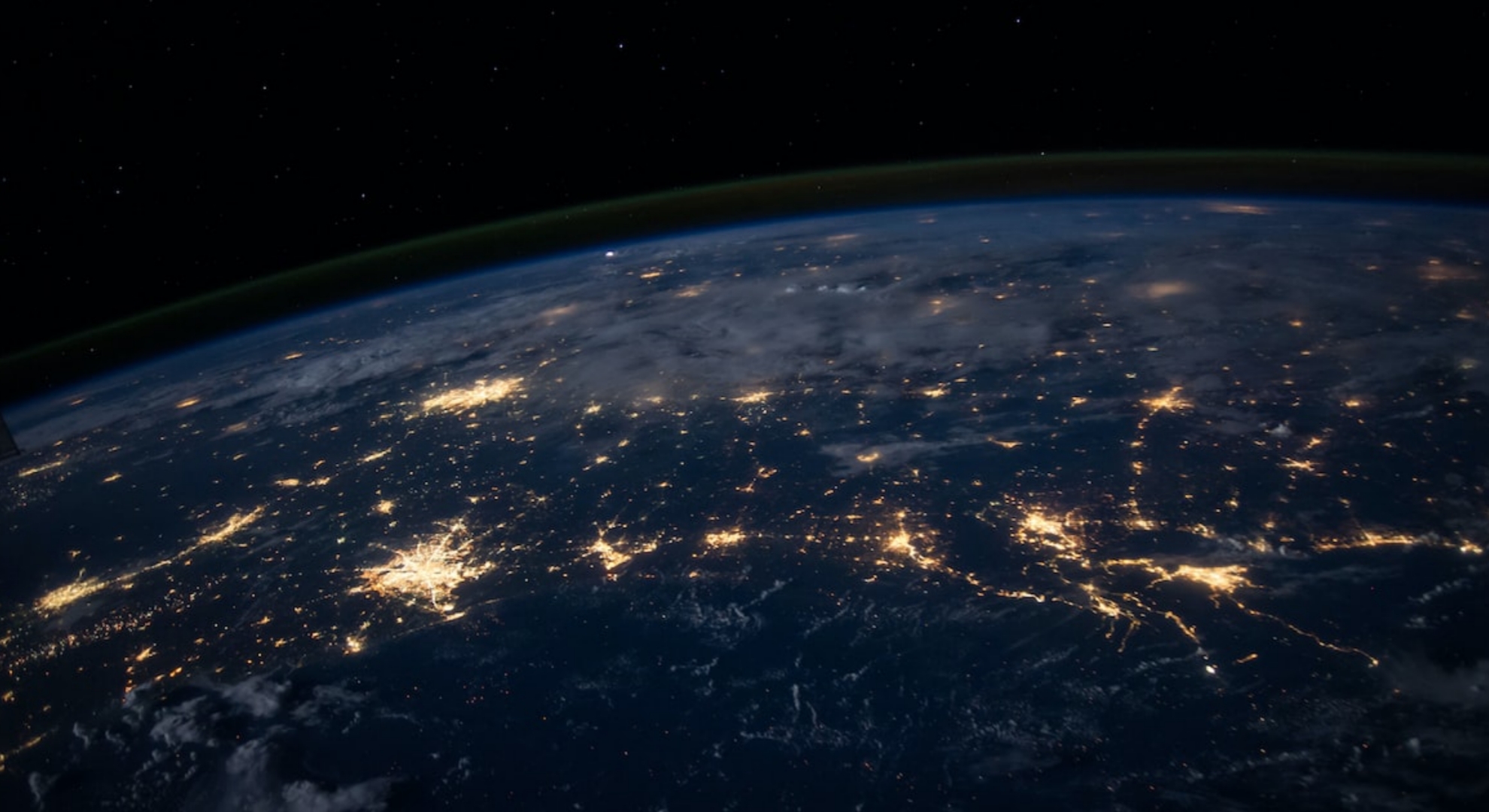It seems like we’ll be seeing the stars less and less as skyglow from the artificial lighting continues to outshine them in the night sky.
A recently published study revealed that stars in the night sky are getting more and more difficult to see as skyglow continues to increase since 2011. Skyglow is the “most pervasive form” of light pollution, and its brightness comes from artificial lighting, such as car lights, street lamps, and buildings.
To put it simply, stars and constellations are slowly disappearing because of light pollution.
According to a group of researchers led by Dr. Christopher C. M. Kyba, they investigated this phenomenon from January 2011 to August 2022 using observations from more than 51,000 citizen scientists. With their naked eyes, they observed the change in stars’ visibility and submitted their count to the Globe at Night project.
Researchers also cross-checked the observations from the amateur stargazers through their satellite-based maps of light pollution and concluded the same findings.
They found out that brightness from artificial lighting has increased up to 9.6% per year. This only means that over the past years, artificial lighting has made the night sky brighter and the stars get fainter and fainter
What also made artificial lighting’s brightness increase in the past years was that more cities and towns started to use light-emitting diode (LED) lighting technology as street lamps as opposed to traditional lighting. It didn’t help that LED lighting is “relatively low cost.”
“The problem is worse than we previously believed,” said Arizona-based independent sky researcher John Barentine, who wasn’t involved in the study, in a statement. He added that with cheap lighting and people’s fear of the dark, communities have continued to use artificial lighting, which resulted in people “not choosing [to preserve] darkness.”
While the stars’ visibility was only observed in Europe and North America, the researchers suspected that skyglow in developing countries has also increased at even higher rates.
Lead researcher Dr. Kyba expressed his shock and concern about the results that they found. “If the trend continues, children born today in a light-polluted area who can see about 250 stars would see skyglow quadruple by their 18th birthday—leaving only 100 stars to wish on,” he said.
“This is real pollution, affecting people and wildlife,” Dr. Kyba added.
True enough, previous studies have found that artificial lighting found some worrisome impacts on wildlife. It was found that artificial lighting endangers insect mating and abundance, can lure migratory birds to their death, and create significant health hazards to animals.
Dr. Kyba and his colleagues then highlighted the need to strengthen existing lighting policies and create new ones to prevent the increase of skyglow and light pollution.
“It does not need to be this way,” Dr. Kyba said in a recent interview. “Remember, light pollution is wasted energy. We’re continuing to put that light energy into the atmosphere, and maybe that’s now what we should be doing.”
Other POP! stories that you might like:
Marie Kondo admits having a messy house, says she’s ‘kind of given up’ on extreme tidiness
‘The design is very Filipino’: These hilarious Bondee memes are taking over Facebook
The ‘Doomsday Clock’ just moved 90 seconds closer to midnight. Here’s how the internet reacted



